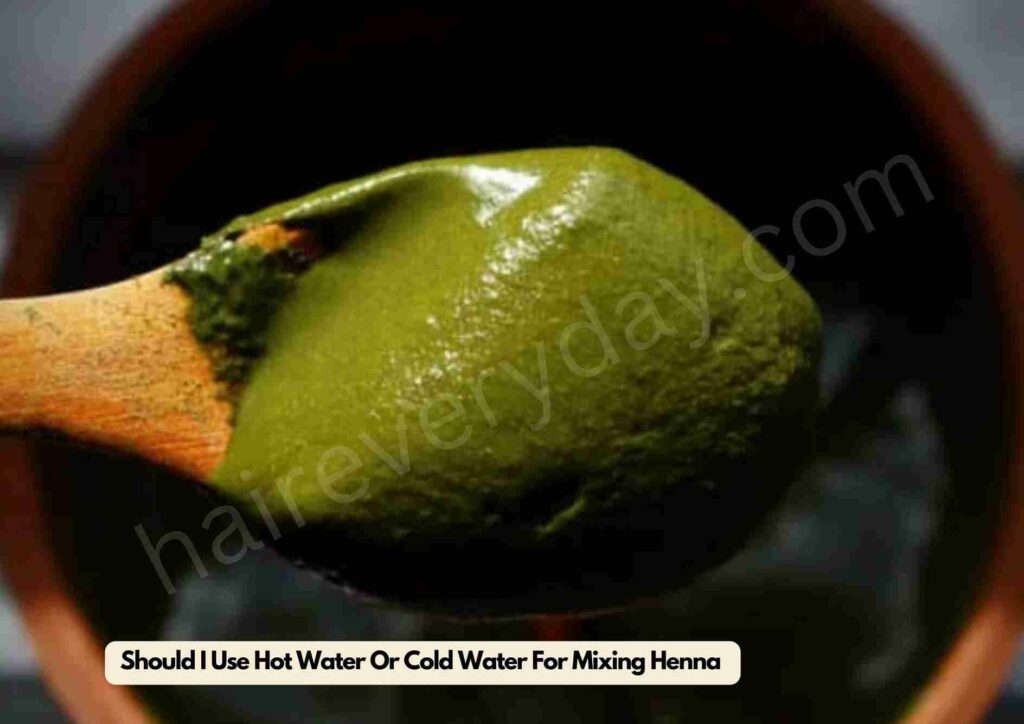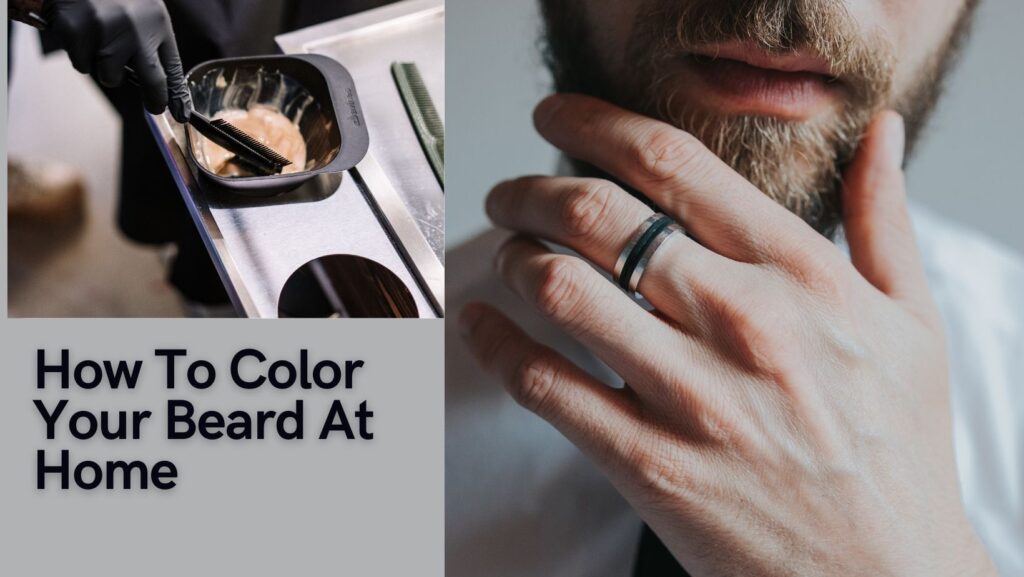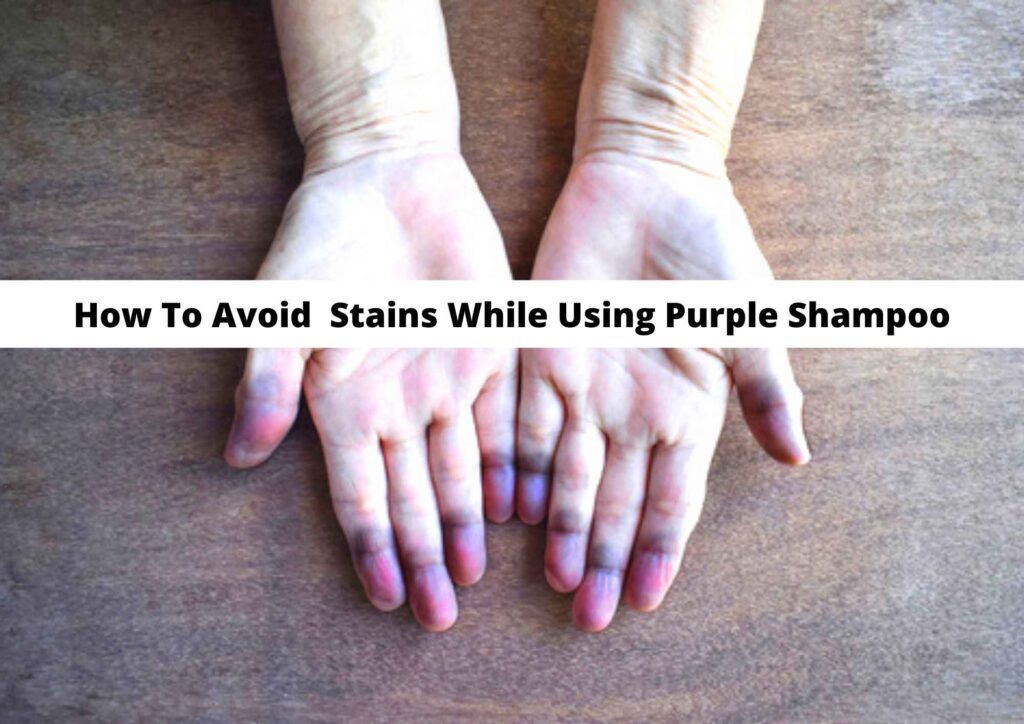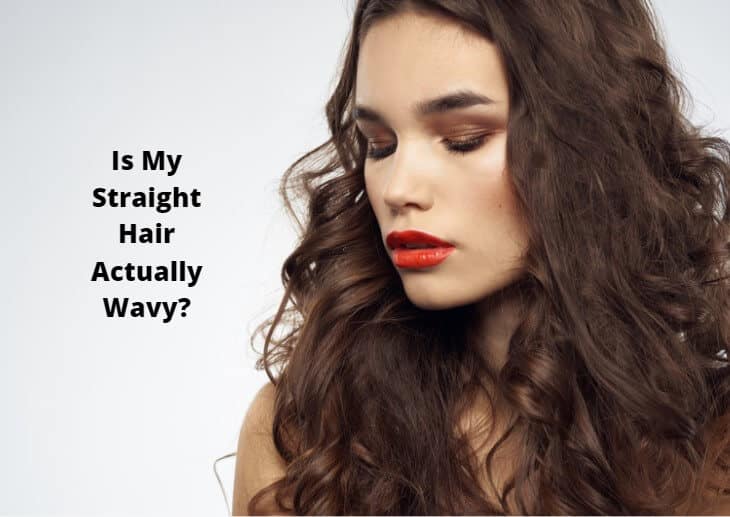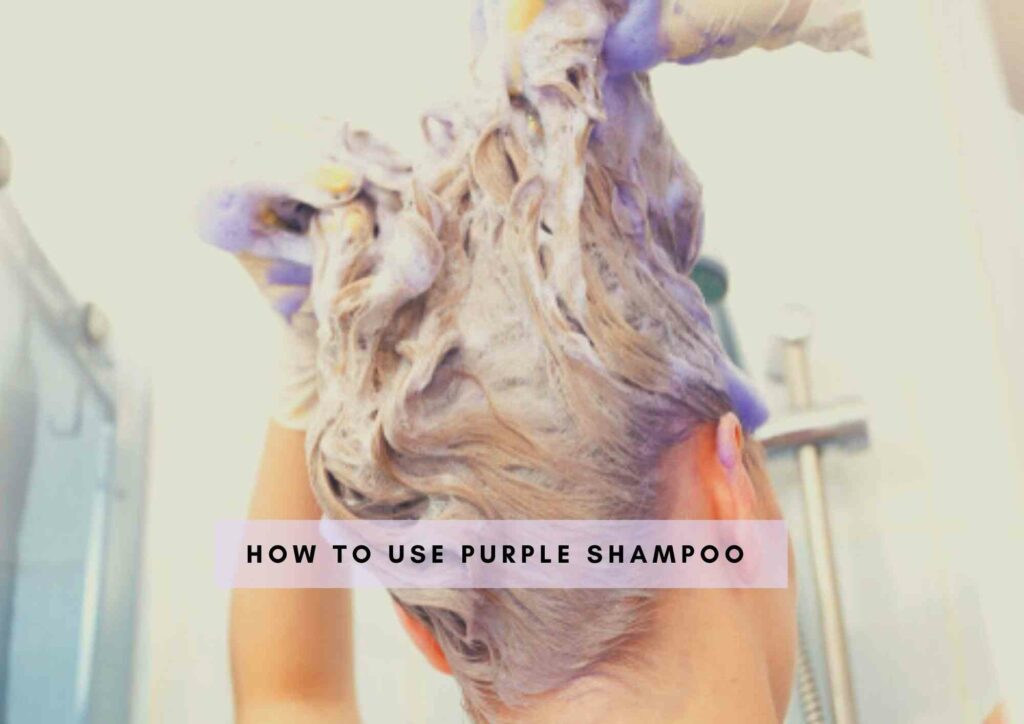Should I Use Hot Water Or Cold Water For Mixing Henna? Well you can use both, but each has it’s own benefits and drawbacks. You can learn how to mix henna properly for better color and grey coverage below.
As someone who adores henna, I can tell you that the mixing process can make or break your henna experience. It’s crucial to understand the intricacies of henna and the differences between hot and cold water.
Mixing henna with hot water is known to speed up the dye release process, making the paste more potent. However, hot water can potentially create a more orange tone rather than the deep reds we crave.
On the other hand, using cold water can make the dye release process slower, creating a milder stain. But it’s important to note that the use of cold water can help maintain the overall integrity and longevity of the henna paste.
So, whether you choose hot or cold, it’s essential to understand the impact of each method and make an informed decision to achieve the desired result.
Should I Use Hot Water Or Cold Water For Mixing Henna
When it comes to mixing henna, one of the most frequent questions asked is whether to use hot or cold water. Well, the answer is not as simple as black and white; it depends on several factors.
First and foremost, the temperature of water affects the henna release. The hotter the water, the faster the henna will release dye, resulting in a darker color stain.
However, the hotter the water, the more quickly the henna paste will dry out and become difficult to apply.
On the other hand, using cold water will result in a slower release of dye, which produces lighter shades of color but allows for more time to apply and fix mistakes.
Additionally, the type of henna powder plays a significant role in deciding the water temperature.
Finely sifted or triple sifted henna powders, which are high-quality and low in fiber content, require less water and are easier to mix with hot water.
On the other hand, the coarser or lesser sifted powder requires more water and is easier to work with when mixed with cold water.
Therefore, the verdict is that it depends on the individual’s preference and experience. Experienced henna artists may prefer to use hot water and work quickly, while beginners may opt for the slower release of dye and more time to fix mistakes offered by cold water.
In conclusion, while water temperature affects henna paste’s consistency and color, there is no right or wrong answer on whether to use hot or cold water. It’s all about finding the balance between color intensity and ease of application, and it’s ultimately up to personal preference.
How Long Should You Let Henna Sit Before Applying To Hair
The short answer is: it depends.
Henna is a natural dye made from the leaves of the henna plant. It is mixed with water, lemon juice, or vinegar to create a paste that is then applied to hair. The longer the henna sits, the darker the dye will be.
Generally, henna should sit for a minimum of 2-3 hours before applying to hair. However, some henna enthusiasts prefer to leave it on for up to 12 hours for a deeper, richer color.
It’s important to note that leaving the henna on for too long can lead to dryness and potential damage to the hair. It’s best to start with a shorter period of time and adjust accordingly based on the desired color and hair type.
Additionally, the type of henna being used can also affect the recommended sitting time. For example, some henna powders require a shorter sitting time than others.
Overall, the best approach is to do some research on the specific henna powder you are using and experiment with different sitting times to find the ideal length for your hair. Don’t be afraid to adjust the sitting time based on the results you see!
- Related: How To Mix Henna And Coffee For Coloring Hair
- Related: Will Adding Coconut Oil To Henna Make Hair Softer
- Related: How To Mix Henna With Lemon Juice For Unbleached Hair
How To Mix Henna For Maximum Color
When it comes to mixing henna, the temperature of the water used can play a significant role in the outcome of the color. The question is, should you use hot water or cold water?
After trying out various methods and experimenting with different temperatures, the answer is clear: you should use lukewarm water!
Using hot water can expedite the dye release process, but it can also break down the dye molecules, leading to a loss of color intensity.
On the other hand, using cold water can slow down the dye release process, resulting in less vibrant color. Hence, lukewarm water offers the perfect balance between the two.
To mix henna for maximum color, start by sifting the henna powder to remove any lumps or debris that may affect the dye release.
Then, gradually add the lukewarm water to the henna powder, stirring continuously until a smooth and creamy consistency is achieved.
Afterward, cover the henna paste with plastic wrap to prevent it from drying out and leave it to rest for 6-12 hours. This time allows the dye molecules to release and bond with the skin, resulting in a deeper and longer-lasting stain.
Lastly, add essential oils or lemon juice to the henna paste, which helps to activate the dye release process and improve the overall color.
When the henna paste is ready to use, apply it to the skin using a cone or brush and leave it on for a few hours before scraping it off. With lukewarm water and the right preparation, you’ll be sure to achieve beautiful and long-lasting henna color.
Can I Use Brewed Coffee Or Tea Instead Of Water For Mixing Henna

If you’re a lover of coffee or tea, you might be wondering whether you can use brewed coffee or tea instead of water for mixing your henna. The answer is YES! Not only do coffee and tea add a delightful aroma to your henna paste, but they also enhance the dying power of your henna.
Brewed coffee or tea contains tannins, which are known to bind the henna dye with the skin or hair, resulting in a darker stain. So, feel free to experiment with different types of tea or coffee such as black tea or espresso and see the amazing results it yields.
However, using brewed coffee or tea won’t affect the outcome of the henna mixing process. It’s still imperative that you use an acidic liquid like lemon juice or apple cider vinegar to release the henna’s dye content.
So, if you’re looking to change the colour of your hair, using brewed coffee or tea won’t do the trick. It will simply enhance the natural shades of your hair.
One thing to note is that using brewed coffee or tea might affect the staining power of your henna. For instance, if you use coffee or tea with a strong aroma, it might clash with the fragrance of the henna, making it less appealing. Therefore, it’s advisable to experiment with the different types of tea and coffee to avoid this issue.
In conclusion, using brewed coffee or tea instead of water for mixing your henna is a great idea, as it improves the colour and tone of your henna stain. So, why not try it out and see the fantastic results it yields?
Will Mixing Henna With Hot Water Help Cover Greys Better
I know the struggle of seeing grey hairs starting to peek through and feeling like it’s the end of the world. You want to hide them, and you’re tempted to mix your henna with hot water to ensure maximum coverage, right? Well, hold your horses! Let’s dive into the science behind it.
While it’s true that hot water can help activate the dye in the henna, rendering better results, it’s not a guaranteed solution for grey hair coverage. The key factor to consider is the quality of your henna, as not all henna brands are created equal in the potency and quality of their henna plants.
In fact, most henna powders require several hours before the dye begins to release, and that doesn’t change whether you mix it with hot or cold water. Additionally, henna dye can take up to 48 hours to fully develop, and that’s when you see the true color and coverage.
What’s more, mixing henna with boiling water can actually damage the dye molecules and change the consistency of the henna paste, resulting in less coverage and less vibrant color.
Not to mention, it can be dangerous to handle boiling water and henna paste, putting you at risk of burns.
So, instead of relying on hot water to cover your greys, invest in high-quality henna powder and take your time mixing it with a room-temperature liquid of your choice.
Trust the process, and let the natural dye work its magic over time, giving you the ultimate grey hair coverage you deserve!
How Long Should I Leave Henna And Indigo Paste On Hair For Black Hair Color

The question of how long to leave henna and indigo paste on the hair for black hair color is one that evokes a lot of emotion and debate. Some people swear by leaving the paste on for up to 12 hours, while others suggest that just 3-4 hours is enough to achieve the desired color.
If you’re new to using henna and indigo paste on your hair, it’s important to start with a small amount of paste and work your way up to a longer application time.
This will help you to avoid any potential adverse reactions to the paste and ensure that you are able to achieve the color you desire without damaging your hair.
In general, it’s recommended that you leave the henna and indigo paste on for a minimum of 3-4 hours to achieve black hair color. This will allow the paste to fully penetrate the hair shaft, ensuring that the color is evenly distributed.
However, some people recommend leaving the paste on for longer periods of time, up to 12 hours, to achieve a more intense color. This can be especially effective for those with naturally light or fine hair, as the extra time will help the color to fully develop.
Ultimately, the length of time you should leave the henna and indigo paste on your hair will depend on a variety of factors, including the thickness and texture of your hair, as well as the specific products you are using.
It’s always a good idea to start with a small amount of paste and gradually increase your application time as you become more experienced with the process.
After exploring the two sides of the argument, it’s clear that the answer to the question of whether to use hot or cold water for mixing henna is subjective. It all comes down to personal preference and individual circumstances.
If you’re looking for a richer, quicker, and more intense dye release, then hot water is your best bet. On the other hand, if you’re willing to wait a bit longer for the color to develop and prioritize a more gentle, natural approach, then cold water is for you.
Whichever route you decide to take, ensure that you’re purchasing fresh, high-quality henna powder, and pay attention to the consistency of the paste. Above all, take the necessary precautions to care for your skin and hair, and have fun with your henna creations!
Now that you have all the information at your disposal, use it to make the decision that best suits your needs. No matter what you choose, you’ll be creating something unique, beautiful, and full of cultural significance. Happy henna-ing!
The author of this article, Leah Marie Priest has a degree in Cosmetology with years of experience in dealing with hair care, scalp care, and hairstyling. As someone who extensively deals with all kinds of hair textures, products, styling methods and more, hair Leah Marie knows what kind of products and procedures suit each hair type and person. We have also tested these hair products and processes ourselves to provide you an unbiased review about every product. Each of our articles are also reviewed by a team of medical professionals so that you get the most accurate and expert-reviewed information.
Also Read:
Can I Henna My Hair Two Days in a Row
Can I Use Henna For Natural Hair
How Long Does Henna Last On Straight Hair
Can I Use Henna Dye On My Eyebrows
To Summarize

